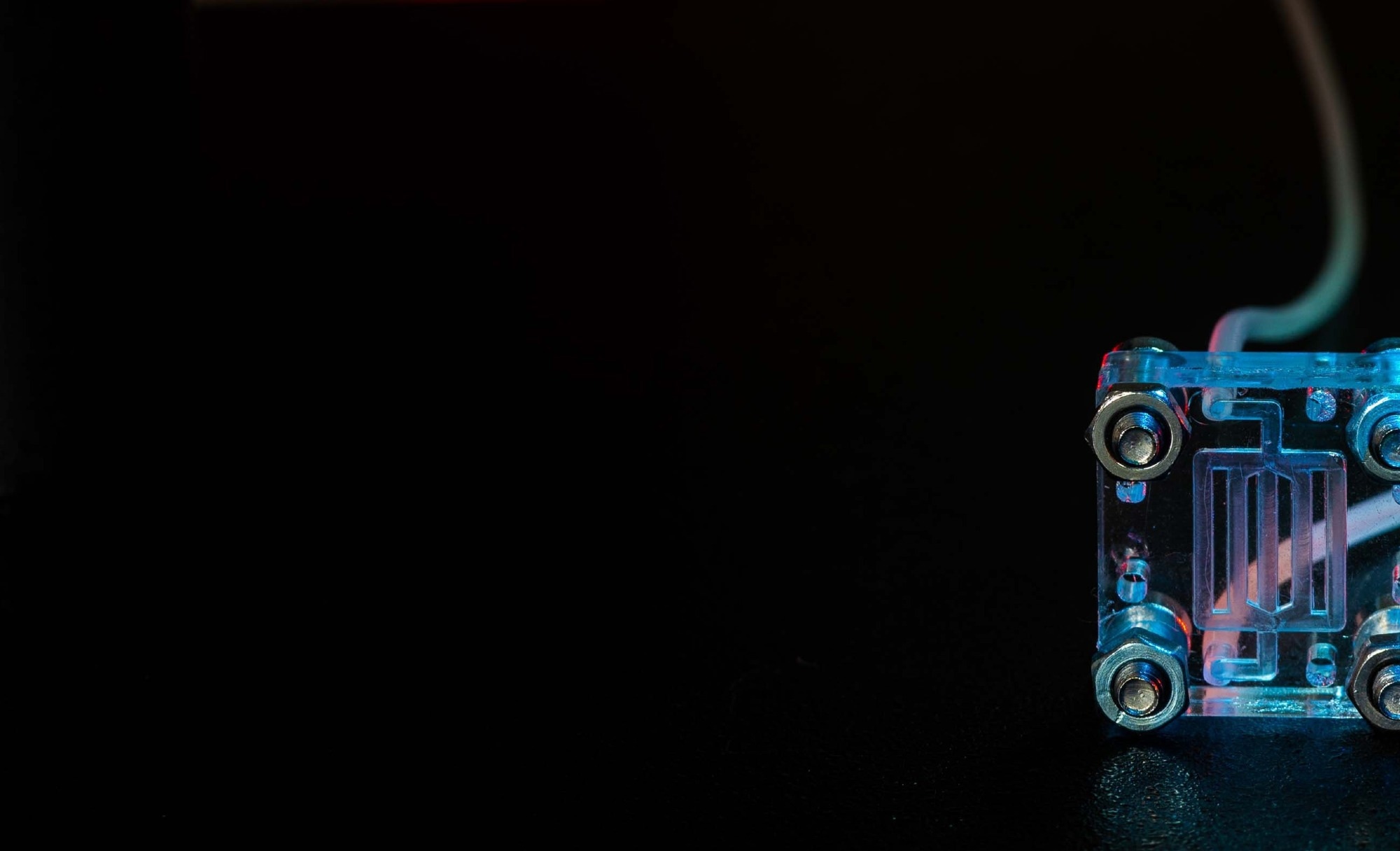These chips enable the investigation of mucus production, hormone responsiveness, and host-microbiome interactions to advance women's health therapies.
 Study: Mucus production, host-microbiome interactions, hormone sensitivity, and innate immune responses modeled in human cervix chips. Image Credit: luchschenF/Shutterstock.com
Study: Mucus production, host-microbiome interactions, hormone sensitivity, and innate immune responses modeled in human cervix chips. Image Credit: luchschenF/Shutterstock.com
Background
In most women, the optimal health of the lower reproductive tract is maintained by a stable cervico-vaginal microbiome dominated by Lactobacillus crispatus (L. crispatus).
Dysbiosis, such as bacterial vaginosis (BV), disrupts this balance, increasing pathogenic bacteria like Gardnerella vaginalis and decreasing L. crispatus. BV affects over 25% of reproductive-age women globally and leads to significant health issues.
Existing therapeutic options have high failure rates and recurrent dysbiosis. Further research is needed to develop more effective treatments and prevention strategies for BV and other reproductive health issues by better understanding the complex interactions between cervical mucus, microbiome, and hormonal influences.
About the study
In the present study, all methods were approved by the Institutional Review Board of Wyss Institute at Harvard University (Protocol IRB22632) and Mass General Brigham (Protocol 2015P001859). Informed consent was not obtained as samples were deidentified, and no compensation was provided.
The Cervix Chip model was created using a microfluidic organ chip (Emulate, CHIP-S1TM) with two parallel microchannels separated by a porous membrane. The membrane was chemically functionalized and coated with collagen IV and a mix of Collagen I and fibronectin. Primary cervical epithelial (CE) cells and fibroblast cells were isolated and expanded in specific media.
Primary cervical fibroblasts were seeded on the basal side of the membrane, followed by the seeding of primary CE cells on the apical side.
The chips were incubated under static conditions overnight and then connected to a culture module for controlled medium perfusion. Different flow regimens were used to promote epithelial differentiation and mimic the cervix's acidic microenvironment.
Transwell® cultures with the same cell types were created for comparison. Immunofluorescence microscopy, epithelial barrier function measurements, live mucus imaging, mucus collection, gene expression analysis, glycomic and proteomic analyses, and bacterial co-culture experiments were conducted to evaluate the functionality of the Cervix
Chips and study host-microbiome interactions. Statistical analyses were performed using appropriate methods.
Study results
Organ Chip models of the human cervical mucosa were developed using a commercially available microfluidic chip (Emulate Inc., Boston MA), consisting of two microchannels separated by a thin, porous membrane. Primary human CE cells were cultured on the top surface of the membrane to recreate the CE-stromal interface, while primary cervical stromal fibroblasts were cultured on the lower surface.
These CE cells contained a mixed population of endo- and ecto-cervical cells, as characterized in previous studies.
Relevant mechanical cues, such as cyclic deformations and fluid flow, were crucial for replicating organ-level physiology and pathophysiology. Given the continuous production and clearance of mucus in the human cervix, two different flow regimens—continuous perfusion and intermittent perfusion — were tested on the chip.
After five days of cell expansion, the apical medium was replaced with a customized Hank’s Buffer Saline Solution (HBSS) to simulate the cervix's slightly acidic pH, while the stromal growth medium was replaced with differentiation medium containing estradiol-17β (E2).
This differentiation was continued for seven additional days, followed by inoculation with microbial consortia to study host-microbiome interactions.
Both epithelial and stromal cells formed confluent monolayers within a day, with mucus accumulation observed above the epithelium. Mucus production was confirmed by staining with fluorescently labeled Wheat Germ Agglutinin (WGA) lectin and immunofluorescence microscopy, showing the presence of Mucin (MUC) 5B mucus protein.
Histological staining of frozen cross-sections revealed that continuous flow resulted in a stratified epithelium reminiscent of ectocervix, while periodic flow produced fewer layers with varying cell shapes.
Mucus accumulation, quantified using the Alcian Blue assay, showed a significant increase after seven days of differentiation under both flow conditions. Gene expression analysis demonstrated the upregulation of MUC5B, MUC4, and Secretory Leukocyte Protease Inhibitor (SLPI) genes under these conditions.
The cervical mucosa on-chip maintained a stable tissue barrier with high electrical resistance, significantly greater than in static Transwell inserts.
The innate immune status of the Cervix Chips was analyzed by quantifying cytokine levels, revealing a reduction in pro-inflammatory cytokines Interleukin (IL)-1α, IL-1β, and IL-6, with continuous flow also reducing IL-8 and Tumor Necrosis Factor-alpha (TNF-α) levels.
Ribonucleic Acid (RNA)-seq analysis showed that continuous flow upregulated genes associated with an ectocervical phenotype, while periodic flow upregulated genes linked to endocervical epithelial cells.
The biochemical composition of the mucus was characterized through glycomics analysis, revealing diverse O- and N-glycan structures, with differences observed between continuous and periodic flow conditions.
Conclusions
This study introduces preclinical human Cervix Chip models that replicate the endo- and ecto-cervical mucosa and their responses to environmental, hormonal, and microbiome influences.
The dual-channel microfluidic chip forms human cervical mucosa in vitro, showing a mucus-producing epithelium with a tight barrier. These dynamic flow conditions significantly influence epithelial differentiation, mucus composition, and immune responses, offering new insights into reproductive health.